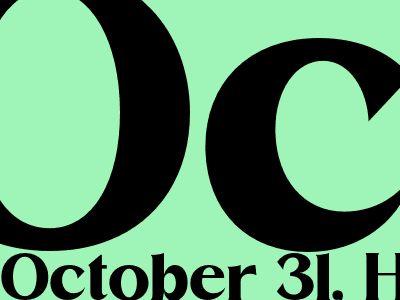
October 31 - A Spooky Holiday with Chilly Weather
Origins of Halloween
October 31st marks the annual celebration of Halloween, a holiday steeped in ancient Celtic traditions. Originating with the pagan festival of Samhain, Halloween was believed to be a time when the veil between the worlds of the living and the dead grew thin, allowing spirits to cross over. People would dress in costumes to ward off evil spirits and light bonfires to guide the souls of the departed.
Over time, Halloween evolved into a more lighthearted holiday, with its focus shifting towards fun and festivity. Trick-or-treating, costume parties, and carving pumpkins became popular Halloween traditions, and the holiday gained widespread popularity worldwide.
Traditional Halloween Activities
Trick-or-Treating
One of the most iconic Halloween traditions is trick-or-treating, where children dress up in costumes and go door-to-door asking for candy. The phrase "trick-or-treat" is a playful way of saying that the children will play a prank if they don't receive a treat. This custom is believed to have originated from the practice of offering food and drink to appease wandering spirits on Halloween night.
Costume Parties
Halloween is a prime opportunity for people to showcase their creativity and imagination through elaborate costumes. From classic monster outfits to pop culture characters, the variety of costumes is endless. Costume parties are a popular way to celebrate Halloween with friends and family, providing a fun and festive atmosphere.
Carving Pumpkins
Carving pumpkins is another beloved Halloween tradition. Pumpkins are hollowed out, carved with intricate designs, and illuminated with candles, creating a spooky and festive ambiance. The tradition of carving pumpkins originated in Ireland, where people carved turnips to ward off evil spirits. Pumpkins, being more abundant in North America, became the preferred choice for carving.
Weather Lore and Halloween
Halloween is often associated with chilly weather, and weather lore has developed over the years to predict the upcoming winter season. According to folklore, the weather on Halloween can indicate the severity of the coming winter. For example, a clear and cold Halloween night is said to foretell a mild winter, while a rainy Halloween is believed to indicate a harsh winter ahead.
While these weather predictions are based on traditional beliefs rather than scientific evidence, they add a touch of excitement and intrigue to the Halloween festivities. Whether the weather lore holds true or not, it's an interesting way to connect with the changing seasons and reflect on the past year as we embrace the spooky and festive spirit of Halloween.